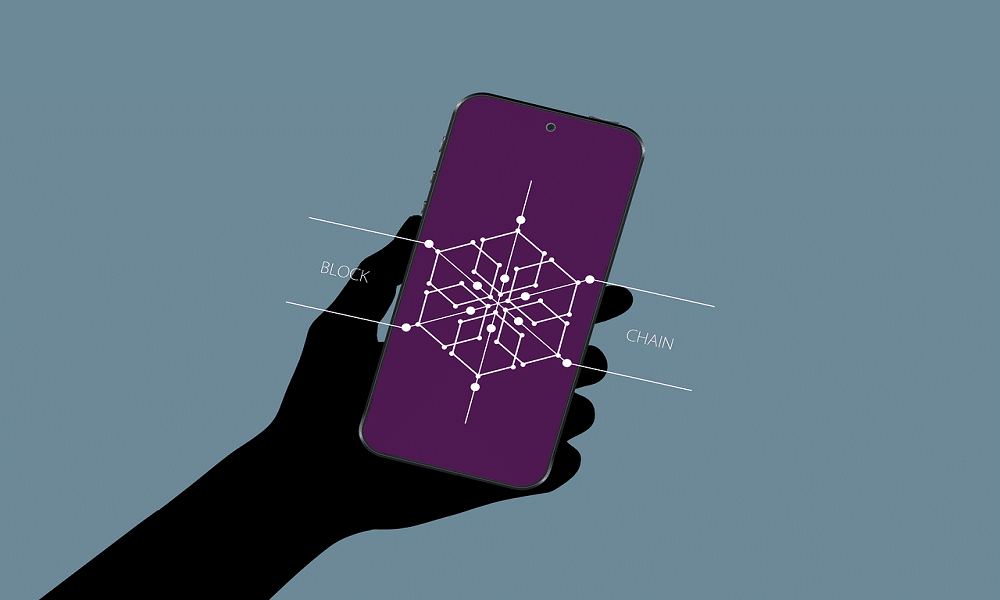Render Token (RENDER) is a blockchain-powered solution that connects creators with decentralized GPU rendering power. Using idle GPU resources enables faster and more cost-effective rendering for industries such as visual effects, gaming, and AI.
As demand for high-performance computing grows, whether to track Bitcoin price changes, create new currencies, or get involved with mining, Render Network provides an innovative way to distribute rendering workloads efficiently.
RENDER is a tradable digital asset that can be bought and sold on various platforms, which makes it accessible to investors and users worldwide. Its ability to streamline rendering processes has positioned Render Token as a key player in the future of digital content creation.
The Origins of Render Token
Render Token was founded in 2017 by Jules Urbach, CEO of OTOY, a company specializing in cloud-based graphics rendering. The project was created to address the rising costs and limited availability of GPU resources by building a decentralized marketplace for rendering power.
By leveraging blockchain technology, Render Network enables users to access affordable, scalable computing resources while ensuring security and transparency. The platform has since gained traction among digital artists, developers, and businesses looking for efficient ways to process high-quality graphics.
With its strong foundation, Render Token continues to evolve as a leading solution for decentralized rendering.
How Does Render Token Work?
Render Token operates through a decentralized network that connects users needing GPU power with providers who have idle computing resources. This system allows digital artists, game developers, and AI researchers to access high-performance rendering without relying on expensive, centralized services.
RENDER tokens serve as the primary currency within the ecosystem. Users pay in RENDER to utilize GPU resources, while providers earn tokens by contributing their unused processing power. The platform ensures secure and transparent transactions by leveraging blockchain technology, which prevents fraud and helps maintain an immutable record of completed rendering jobs.
One of the key advantages of Render Network is its ability to distribute workloads efficiently, reducing costs and processing times compared to traditional cloud-based rendering services. The network also integrates with OTOY’s OctaneRender, a leading rendering software, making it easier for professionals to transition to a decentralized system. This innovative approach enhances accessibility and scalability in digital content creation.
Key Use Cases and Industry Adoption
Render Token has found applications across industries that rely on high-performance computing.
In film and animation, the network enables cost-effective CGI rendering, allowing studios and independent creators to produce high-quality visuals without investing in expensive hardware. Game developers also benefit by using Render Network for pre-rendered assets and real-time graphics enhancements.
Beyond entertainment, the metaverse and virtual reality (VR) industries utilize Render Network to generate immersive 3D environments. The rise of AI-generated content has also increased the demand for decentralized GPU power, making Render Token a valuable tool for AI researchers and developers.
Major companies and creators have adopted Render Network to optimize their workflows. Its integration with OTOY’s OctaneRender has made it a trusted solution for digital artists. As blockchain adoption grows, Render Token’s ability to provide scalable, decentralized GPU rendering continues to position it as an essential technology for the future of digital content creation.
Investing in Render Token
Render Token (RENDER) is a digital asset that powers the Render Network, facilitating transactions between GPU providers and users. It can be bought, sold, and traded on various cryptocurrency exchanges. Investors can also stake RENDER tokens to participate in network operations and earn rewards.
The token’s value is influenced by factors such as the demand for decentralized GPU rendering, industry adoption, and overall market trends. However, like all cryptocurrencies, RENDER is subject to price volatility and regulatory uncertainties. Potential investors should conduct thorough research and assess the risks before adding Render Token to their portfolios.
Render Token’s Future and Challenges
Render Token has significant growth potential as demand for decentralized computing continues to rise. Future developments, including network upgrades and enhanced support for AI and metaverse applications, could expand its utility and adoption. As more industries seek cost-effective rendering solutions, Render Network’s role in powering digital content creation is expected to grow.
However, challenges remain. Competition from traditional cloud rendering services, such as AWS and Google Cloud, poses a potential threat. Additionally, regulatory uncertainties surrounding blockchain-based computing networks could impact adoption and investor confidence. Technical barriers, such as the complexity of integrating blockchain solutions into mainstream workflows, may also slow widespread adoption.
Despite these challenges, Render Token’s strong industry partnerships and its ability to provide scalable, cost-effective GPU power position it as a promising player in the evolving digital landscape. Continued innovation and adoption will determine its long-term success.
Render Token: Powering the Future of Digital Creativity
Render Token is transforming the way digital content is created by providing a decentralized solution for GPU rendering. With growing industry adoption and real-world applications, it offers a scalable alternative to traditional cloud computing. While there are challenges, its potential to revolutionize high-performance computing makes it a project worth watching.


